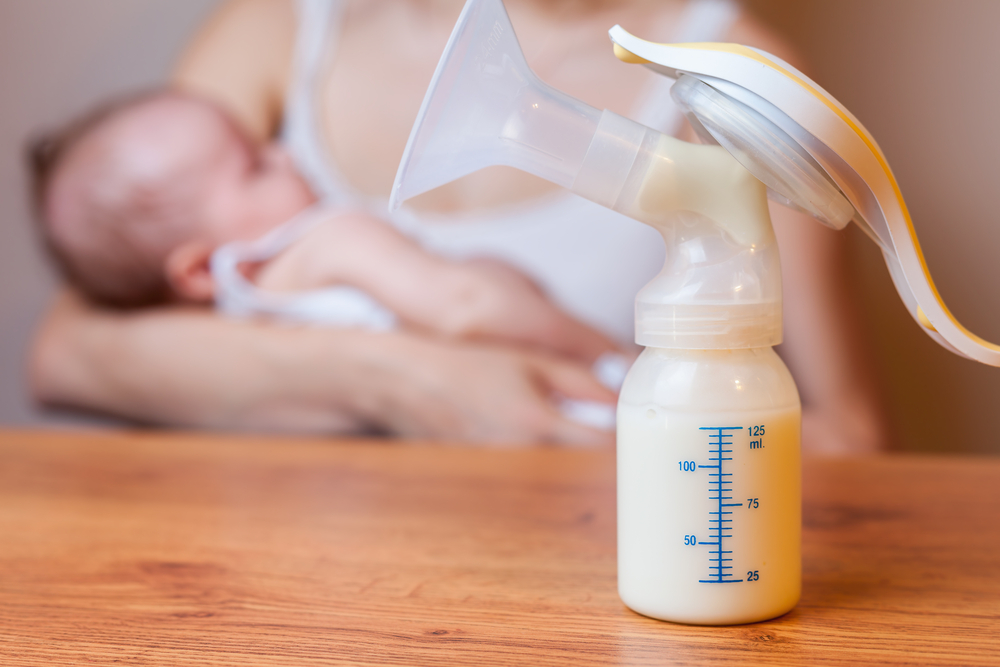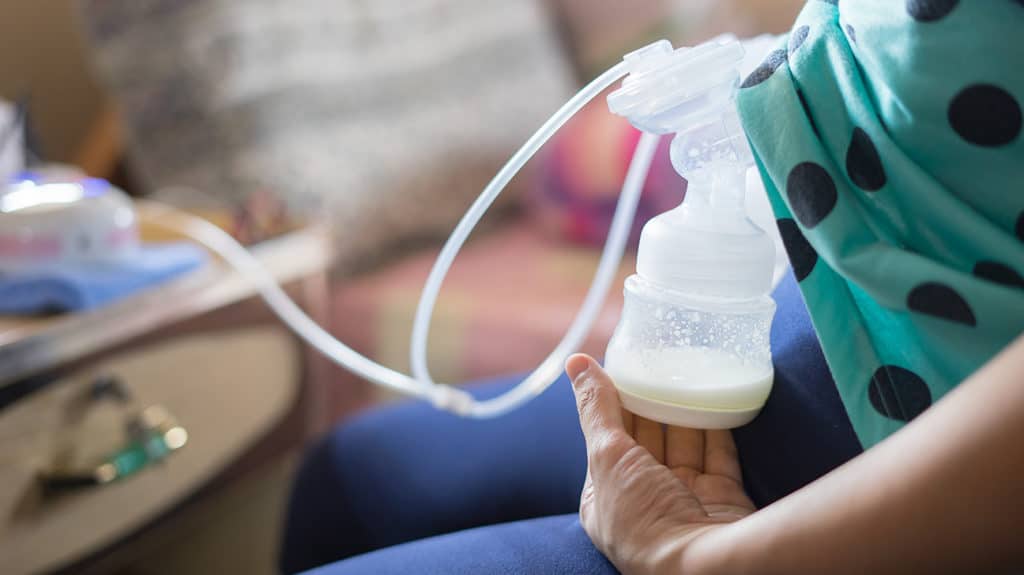You might be thinking, manual breast pump? When there is the electric option that you can use without all the hassle, quickly and easily.
Well, manual breast pumps can save the day whenever you don’t have an outlet or have access to electricity. You can easily take them on road trips, weddings, and picnics by simply putting them in your bag without packing all the other gadgets with the eclectic option.
If you searched for a simple guide on how to use a manual breast pump, you don’t need to search around google anymore.
Information like this is easy to find, and there is not much science about it. If you are a new mom and don’t know how they work, sit and relax because we will provide you with a complete step-by-step guide on using this nursing tool.
Benefits of Using a Manual Breast Pump
There is not a perfect pump for every mother. It’s all a matter of preference and individual needs. In most cases, electric pumps can get the job done more effectively, but having a manual option is a smart backup that every mom needs to have in the nursing arsenal.
If you are thinking between these two options, these are some of the benefits why you should consider getting a manual one instead.
No electricity – No problem
The most significant advantage of manual pumps is that they don’t require charging or plugging to be used. You can extract milk as long as you have agreed on hand and are low-tech. They are super portable and don’t take much space to carry in your bag.
Discreet backup
If you are going away and don’t like dragging around cords and additional assemblies, manual pumps are a small, discrete alternative.
How to Use a Manual Breast Pump: Step by Step Guide
There are just two phases on how to use a manual breast pump. With this in mind, you don’t need to have any particular knowledge or practice. The first phase is to start stimulating the letdown reflex. Don’t worry if you don’t see milk at all at the beginning of the pumping since it’s normal. The goal is to get the milk flowing.
The second phase is where your milk starts flowing abundantly. You should extract as much milk as possible. During one pumping session, you may be able to have two, three, or even four letdowns.
Assemble the manual breast pump
The first step is to assemble the breast pump following the instructions in the user manual. Ensure that all the parts of the breast pump have been washed and sterilized.
In most cases, every model comes with a bottle to collect the expressed milk, a shield, a valve, and a handle that you can use to apply suction rhythmically to your breast.
Start the pumping session
Once clean and assembled, place the nipple shield over your breast and start pumping using the handle. Apply a fast low suction to your breast by squeezing the handle halfway in a fast motion. You can speed up the letdown by applying stimulation to the other breast.
Apply more suction
Once your milk begins to flow, you can apply more suction by using more pressure and squeezing the handle further. Each time you press the handle, the milk will start spraying from the nipple.
When the sprays stop, release the handle and squeeze again to get the milk flowing. Usually, it would help if you did this.
Switch to another breast
Once you initiate the milk flow on one breast, switch to another breast once the flow is slowed down. Start squeezing and releasing until you see no more milk coming out. Typically you’ll need to change sides twice during a single letdown.
Stop pumping when this happens
Usually, it’s recommended to have a 15-minute pumping session on each breast, so in summary, you’ll need 30 minutes of pumping on both breasts.
Also, after some time, you should be able to understand how many letdowns you typically have in one pumping session. If you are a beginner, stick to two or three letdowns to see a result.
How to Get More Milk From a Manual Breast Pump
Take a warm shower before pumping
There is nothing like having a warm shower to help your body relax and prepare before a pumping session. Many doctors recommend this tip, and in most cases, it is especially useful.
Stimulate your nipple
Before you start pumping, place a wet washcloth on your breast. This can help bring the flow of your breast milk, which is especially helpful when you have difficulty with letdown.
One of the secret keys to achieving letdown faster is to massage the nipples with your fingers. Using a manual pump gives you the advantage and flexibility of managing your pump.
Use a silicone breast pump
If your milk leaks automatically, then using a silicone breast pump is an excellent option to catch the milk. The silicon pump applies a little bit of pressure to help milk flow further, even if you are not pumping on that side with your manual pump.
Think about your baby
Try watching your baby’s pictures and videos. Some moms even smell their baby’s toys and clothes to help them relax and inspire milk production if they are away from their child.
Conclusion
Suppose you are a new mom, then congratulations on your incredible parenting journey. We have made this beginner guide, especially for you, to help you understand the basics of how to use a manual breast pump.
Even though the technology nowadays is pretty advanced, using old and reliable methods is always the best option.
Make sure you follow our instructions but make sure you read the manual since every product might have different settings. Before you start your pumping sessions, follow our tips on how to bring the milk flow faster.
Keep in mind that it’s crucial to maintain your hygiene and wash the manual breast pump regularly, as suggested.









